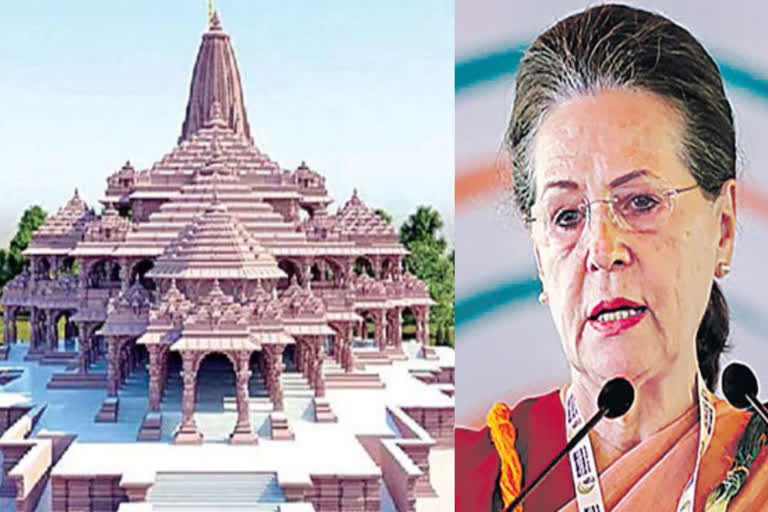The inauguration of the Ram Temple in Ayodhya marked a significant moment in India’s history, symbolizing the culmination of a long-standing dispute and the beginning of a new chapter for the nation. The temple, dedicated to Lord Ram, holds immense cultural and religious significance for millions of Hindus.
The event, which took place on August 5, 2022, was attended by various political leaders, religious figures, and citizens from across the country. Prime Minister Narendra Modi played a central role in the ceremony, emphasizing the importance of unity and inclusivity. The construction of the temple was a contentious issue that had lingered for decades, and its completion was seen as a step towards fostering harmony.
On a different note, Rahul Gandhi, a prominent political figure and member of the Indian National Congress, embarked on his own pilgrimage around the same time. His journey aimed at connecting with the spiritual and cultural roots of the country, showcasing a different approach to politics. Gandhi’s pilgrimage was not directly linked to the Ram Temple inauguration, but both events reflected the diverse tapestry of beliefs and practices in India.

Source:- ndtv
Gandhi’s pilgrimage, characterized by visits to various religious sites and interactions with local communities, was portrayed as an attempt to understand the pulse of the nation beyond the political spectrum. This move was seen by some as an effort to bridge the gap between the political class and the common people, emphasizing the cultural fabric that binds India together.
Source:- BBC News
The contrast between the grandeur of the Ram Temple inauguration and Gandhi’s modest pilgrimage highlighted the diversity of perspectives within the Indian political landscape. While the temple inauguration represented a historic and assertive moment for one political narrative, Gandhi’s pilgrimage sought to emphasize a more inclusive and diverse understanding of the country’s heritage.
In the aftermath of these events, discussions about the role of religion in politics, secularism, and the representation of diverse voices gained prominence. The juxtaposition of these two events provided a platform for a nuanced dialogue about the intersection of politics, religion, and cultural identity in India, reinforcing the complexity and richness of the nation’s tapestry.
Share your views in the comments
